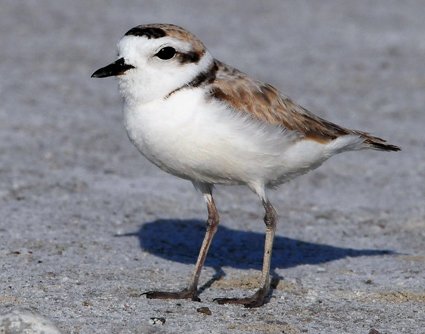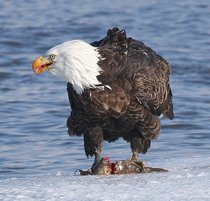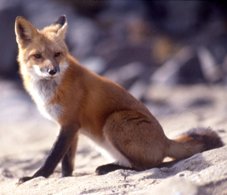Great Salt Lake supports an annual population of 2 to 5 million birds. Most birds spend just part of the year at Great Salt Lake, stopping over to grow new feathers, breed, or to fatten up during their migration.
Birds have a variety of strategies for catching brine shrimp and brine flies. Gulls simply open their mouths wide and run through clouds of brine flies. Snowy Plovers run along the shore and pick them up one by one. American Avocets wade through the water, sweeping their curved bills back and forth to filter out brine shrimp.



